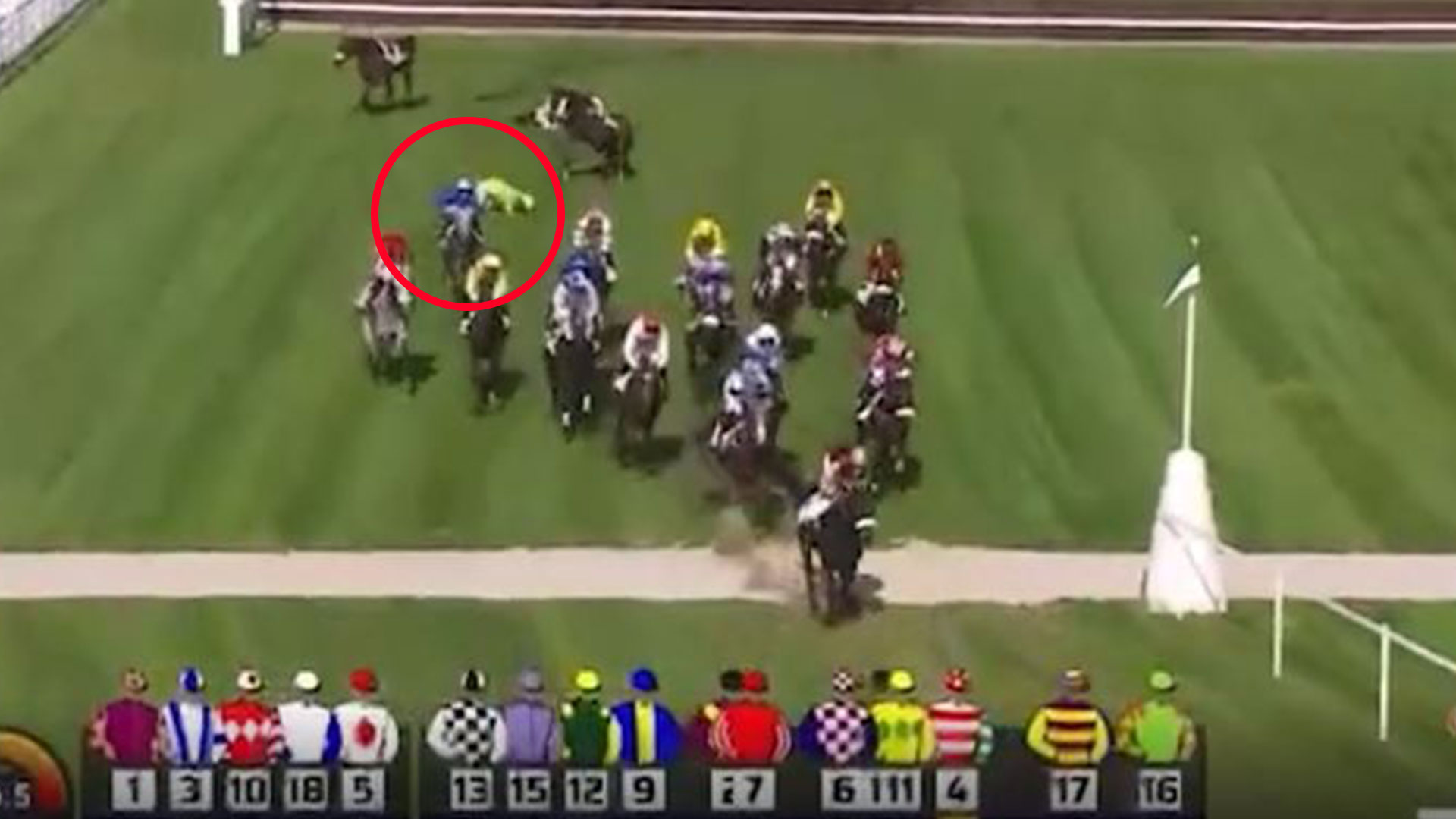
Bitcoin has gained trust from both governments and financial institutions. Often dubbed “digital gold” by credible investors, there are even claims that it may eclipse gold in value. However, Bitcoin faces a multitude of security challenges, particularly with the increasing fears surrounding quantum computing threats. Recently, Professor Campbell Harvey from Duke University brought attention to another concern—the relatively low cost associated with executing a 51% attack on the Bitcoin network.
Summary
- A successful 51% attack can provide attackers control over the Bitcoin blockchain (or any proof-of-work blockchain). This requires over 50% of the mining hashrate, which is generally costly to achieve.
- Historically, 51% attacks have occurred with Bitcoin Gold and Ethereum Classic, leading to coin theft via double-spending. However, the Bitcoin blockchain has remained secure against such threats.
- Professor Harvey estimates that to gain hashrate dominance for one week, attackers could spend “only” $6 billion—less than 0.5% of Bitcoin’s market cap—which he suggests might enable practical applications for such attacks.
In his recent paper, Professor Campbell Harvey from the Duke University Fuqua School of Business elaborates on potential hazards posed to Bitcoin. In his abstract, he draws a comparison between Bitcoin and gold while pointing out specific threats: quantum computing and the risk of a 51% attack. Additionally, he notes Bitcoin’s unique advantages over gold, such as its capped supply of 21,000,000 units, unlike gold, which is produced indefinitely.
What’s a 51% Attack?
Bitcoin mining incurs significant expenses and requires specialized hardware, limiting miners from altering ledger data. Each node “votes” with its computing power (hashrate) to validate transactions and create new blocks, with the majority backing accurate data. Miners have incentives to confirm correct data as their reliance on the integrity of the Bitcoin blockchain underpins its value.
However, if a single entity (either an individual or a group) obtains control of over half of the network’s total hashrate, they could manipulate the records on the Bitcoin ledger, allowing them to misappropriate bitcoins from other users.
Despite critics highlighting Bitcoin’s lower level of decentralization, no successful takeover of the Bitcoin blockchain has occurred in its 16-year existence.
Initially, Bitcoin mining was available to anyone with a PC. Yet as mining became more competitive—favoring those with higher hashrates—common computers, GPUs, and FPGAs quickly became outdated. The introduction of specialized ASICs (Application-Specific Integrated Circuits) for Bitcoin mining in 2013 turned it into a multi-million-dollar industry, demanding substantial investments and facilities filled with buzzing ASIC devices. By October 2025, the mining difficulty of Bitcoin reached an all-time high.
This increasing mining difficulty makes executing a 51% attack a formidable and expensive task. As mining challenges grow, so does the cost of conducting such an attack annually.
Campbell Harvey’s Findings
Although a 51% attack would demand considerable investment, its costs are surprisingly attainable. Networks like Bitcoin Gold and Ethereum Classic have experienced several 51% attacks since 2017, each resulting in over a million dollars in cryptocurrency theft. In August 2025, the Qubic mining pool claimed to have acquired over 50% of the hashing power in the Monero network.
According to Professor Harvey’s calculations, controlling the Bitcoin blockchain for just one week could be achieved for an estimated “only” $6 billion:
“Hardware is the largest expenditure, about $4.6 billion at current prices. The data center build-out would require $1.34 billion, and electricity to operate the hardware and maintain the data center is about $0.13 billion per week. Altogether, a one-week attack would cost around $6 billion, or 0.26% of the Bitcoin network’s total value.”
His research is based on the following figures:
- Bitcoin’s annual output is 164,363 BTC
- Energy consumption stands at 166.4TWh
- Total operational cost is $12 trillion
- Total energy expense reaches $8.4 trillion
- Cost per unit is calculated at $73,000 per BTC
Harvey stresses that a successful 51% attack on Bitcoin would likely trigger a significant price drop, yet attackers could realize substantial profits well beyond the initial $6 billion investment. With BTC perpetual futures having a daily volume of $60 billion and conventional BTC futures at $10 billion, he argues that entering short positions in these markets before a 51% attack could yield considerable profits that exceed the costs of the attack. He also notes that the motive might not only be profit-driven.
However, critics of Harvey’s analysis argue that creating such a large-scale mining operation would require years of effort and would not go unnoticed. Moreover, shorting significant quantities of BTC during a 51% attack could be difficult, as exchanges might flag such actions as market manipulation and impose restrictions.
Matt Prusak, president of American Bitcoin Corp., reacted to Harvey’s findings by telling Bloomberg: “My stance is that economic feasibility undermines the 51% thesis. I operate in the real world and have no concerns.”






